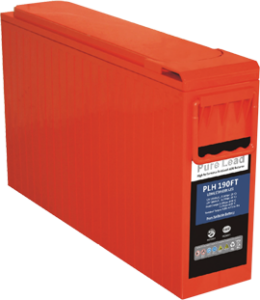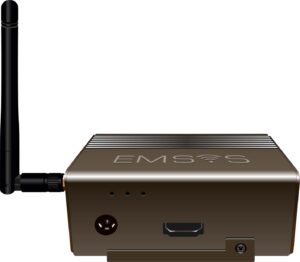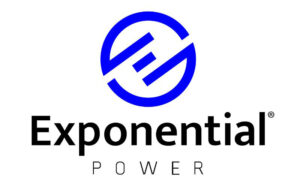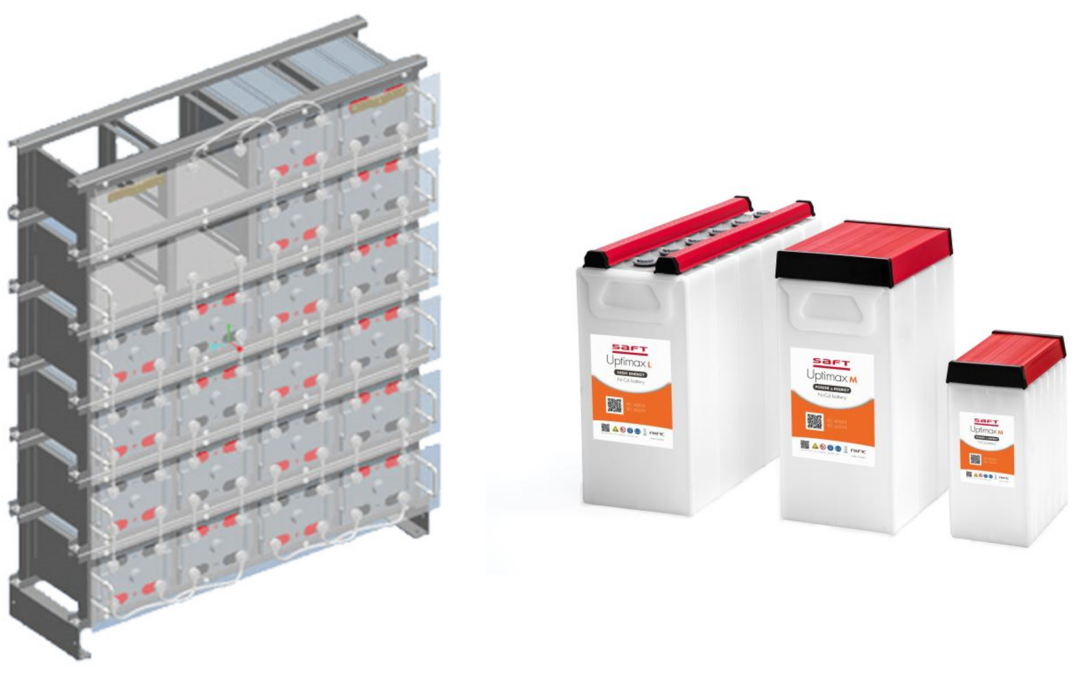The term “maintenance-free” has been around for a long time, primarily used by the automotive industry to highlight the convenience of batteries that don’t require water refills. In automotive applications, this makes sense. But when it comes to industrial stationary battery systems, like those used in data centers, utilities, oil & gas, and manufacturing, the “maintenance-free” label doesn’t tell the full story. In these environments, what’s commonly called a “maintenance-free battery” is actually a Valve Regulated Lead Acid (VRLA) battery. These batteries, while sealed and requiring less direct maintenance than traditional flooded batteries, still require regular care to ensure reliability—especially in critical applications.
Why Maintenance-Free is Misleading in Industrial Settings
In the automotive world, “maintenance-free” means you don’t need to add water to the battery. This works well for car batteries, where the usage demands are lower, and the consequences of battery failure aren’t life-or-death. However, industrial VRLA batteries support essential infrastructure. Whether you’re powering a backup system in a data center or maintaining switchgear operations in a utility, failure is not an option. That’s why we refer to these batteries by their proper name—VRLA—rather than relying on the “maintenance-free” moniker.
If maintenance weren’t required, companies could simply depend on commercial power, avoiding the need for backup systems designed to protect critical operations.
The Real Maintenance Requirements for VRLA Batteries

For industrial applications, proper maintenance of VRLA batteries is outlined by standards like IEEE 1188, which specifies the tests and inspections needed to keep these batteries reliable. While tasks such as cleaning the batteries, monitoring the temperature, and maintaining appropriate charge rates are essential, the most critical aspect of battery health comes from regular readings and testing.
Key Maintenance Tasks (per IEEE 1188):
- Quarterly Readings (measure at 100%):
- Measure the battery voltage.
- Monitor internal resistance.
- Check strap resistance.
- Record the negative post temperature.
- Three-Year Load Test:
This is critical to ensure that the battery can handle the actual load when needed. By testing every three years, you’ll catch any capacity degradation before it leads to failure. - Physical Inspections:
- Clean terminals and check for corrosion.
- Inspect the battery jar for any signs of swelling or cracks.
Even though these batteries don’t require water replenishment like flooded lead-acid batteries, the above checks and testing are necessary to maintain performance.
The Importance of Battery Monitoring Systems

Modern VRLA battery systems should be paired with battery monitoring systems to automate much of the maintenance process. These systems can continuously track key metrics such as voltage and temperature, alerting you to any potential issues before they turn into major problems. Battery monitoring systems save time and reduce the risk of unexpected failures, especially in mission-critical settings like data centers or utility switchgear.
Time to Rephrase: It’s Not “Maintenance-Free,” It’s VRLA
 As battery technology has evolved, so has our understanding of maintenance requirements. Referring to these systems as “maintenance-free” in industrial applications is not just inaccurate—it can also lead to false confidence. Instead, it’s more accurate and informative to call these batteries what they are: VRLA. In fact, one could say we should draw a line through “maintenance-free” and proudly replace it with VRLA, to better reflect the reality of their upkeep.
As battery technology has evolved, so has our understanding of maintenance requirements. Referring to these systems as “maintenance-free” in industrial applications is not just inaccurate—it can also lead to false confidence. Instead, it’s more accurate and informative to call these batteries what they are: VRLA. In fact, one could say we should draw a line through “maintenance-free” and proudly replace it with VRLA, to better reflect the reality of their upkeep.
Conclusion
 While VRLA batteries are often marketed as “maintenance-free,” they still require regular care to ensure long-term reliability, especially in critical applications. VRLA (Valve Regulated Lead Acid) batteries come in various chemistries, including Lead Calcium, Lead Selenium, and Nickel Cadmium (NiCad), as each chemistry may be better suited for load or area. Whether you’re using Lead Acid batteries, NiCad batteries, or other VRLA designs, they all share similar maintenance needs.
While VRLA batteries are often marketed as “maintenance-free,” they still require regular care to ensure long-term reliability, especially in critical applications. VRLA (Valve Regulated Lead Acid) batteries come in various chemistries, including Lead Calcium, Lead Selenium, and Nickel Cadmium (NiCad), as each chemistry may be better suited for load or area. Whether you’re using Lead Acid batteries, NiCad batteries, or other VRLA designs, they all share similar maintenance needs.
Adhering to IEEE 450 standards and performing regular testing—such as quarterly voltage checks, internal resistance measurements, and load testing every three years—is essential for protecting your critical infrastructure. Using battery monitoring systems helps streamline these maintenance tasks, ensuring that your backup systems are always ready to support operations, whether in data centers, utilities, or manufacturing.
If you’re considering an upgrade to your current system or need help with maintenance, Exponential Power provides tailored solutions and expert services to meet your industrial needs. Contact us for a consultation or request a quote today.

